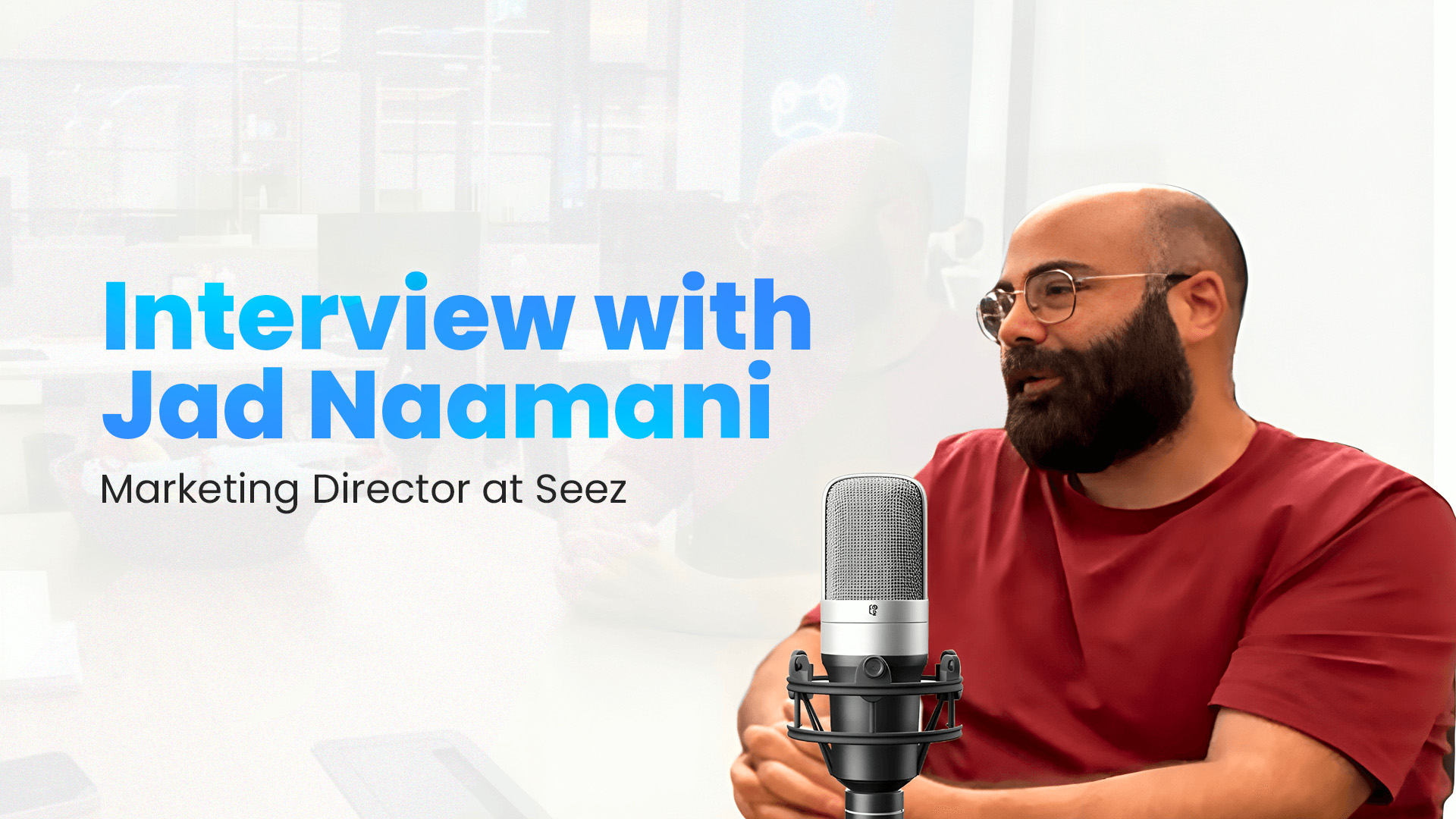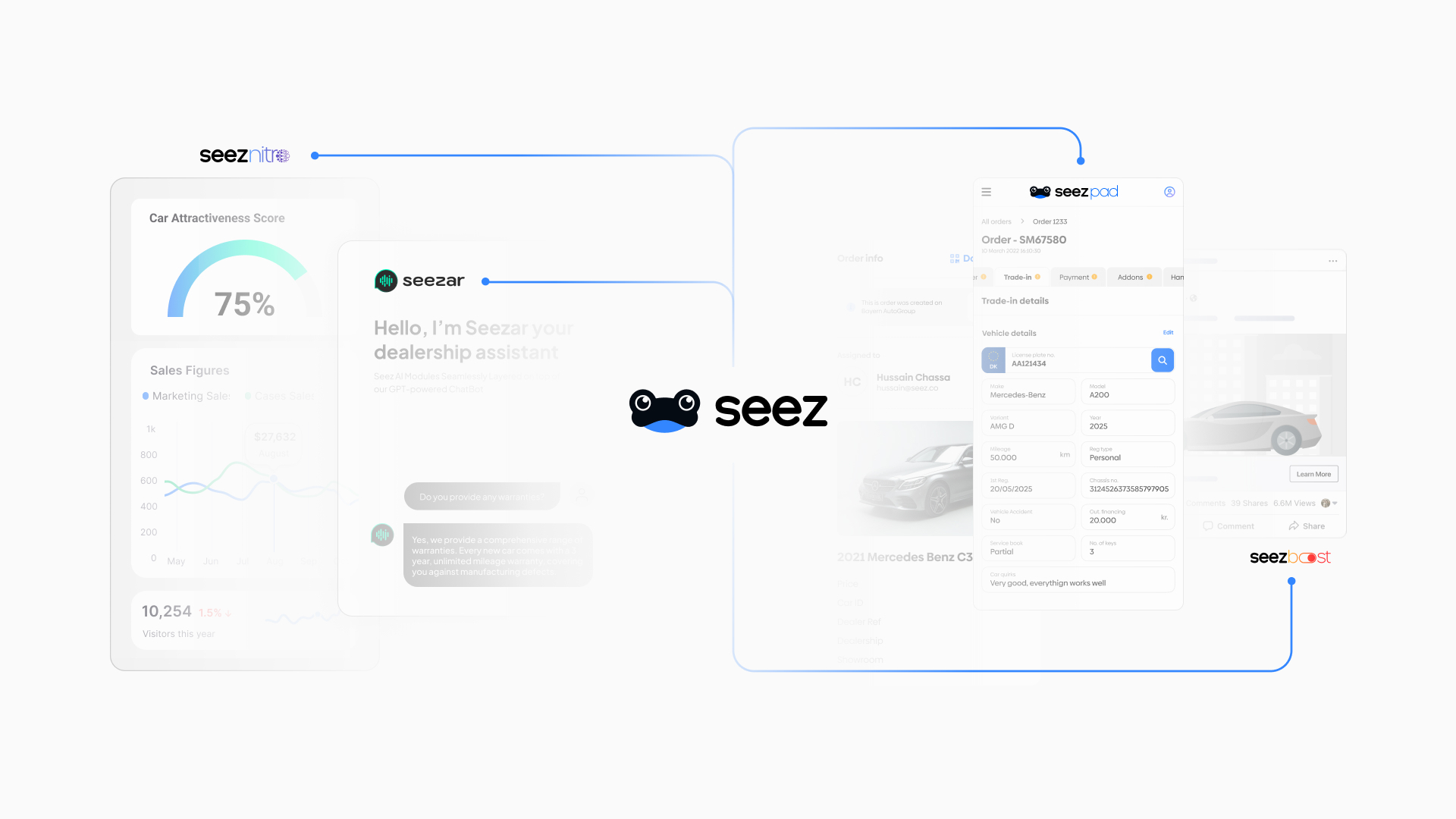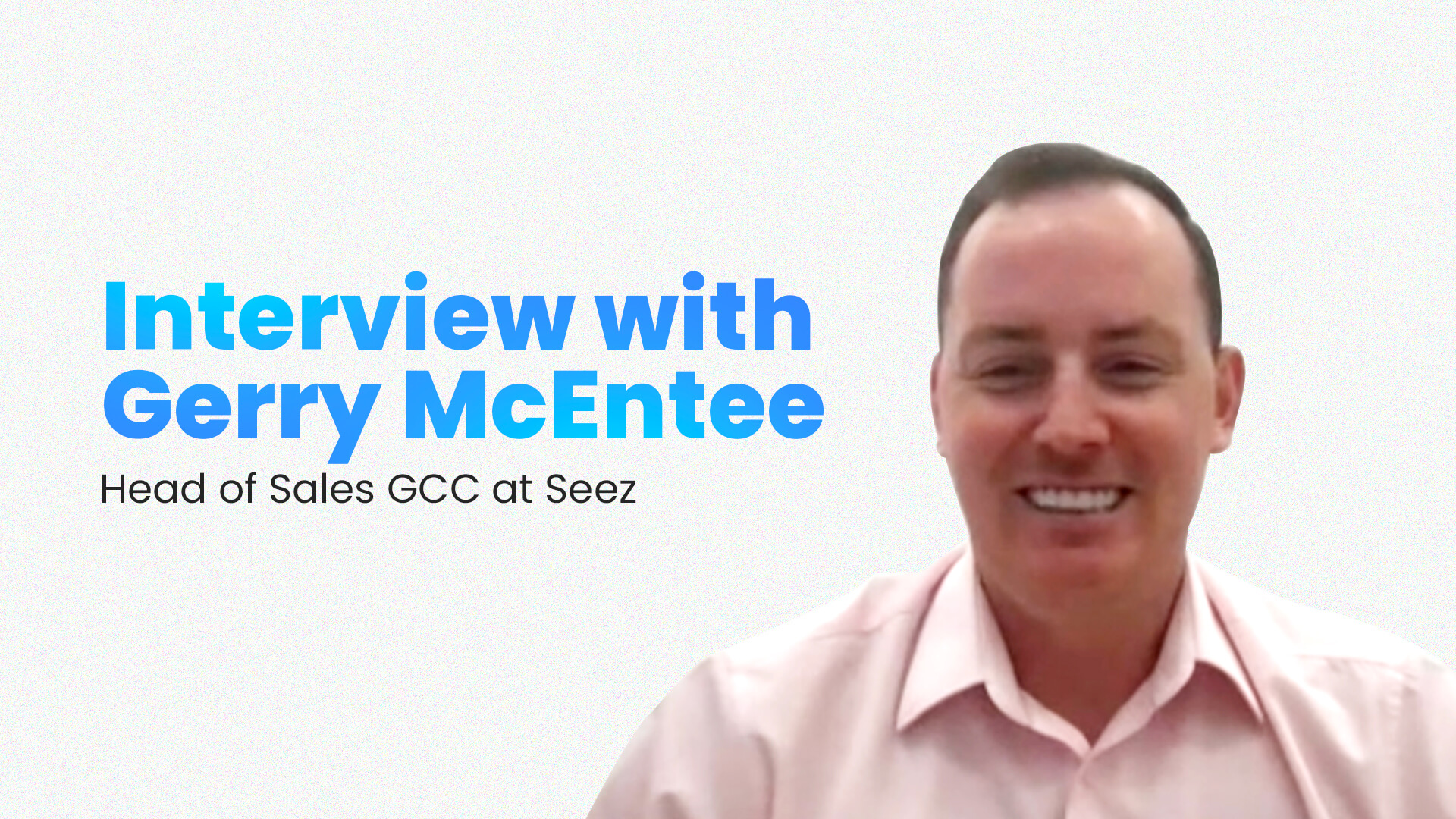The automotive industry is in a thrilling race towards the future, fueled by innovation and changing consumer demands. At the forefront of this race sits marketing, where strategies and technologies are constantly evolving. Today, we buckle up for a conversation with Jad Naamani, a seasoned marketing maestro in the automotive world, to explore how AI is redefining the game.
Part 1: Navigating the Road- Defining the Role of AI in Automotive Marketing
Q1.) Let’s start with the big picture. How would you describe the overall impact of AI on automotive marketing today?
In the marketing space, I think there are three major ways that AI is having an impact on the automotive market. Firstly, the algorithms driving the advertising platforms are becoming increasingly powered by AI. AI is driving the traffic, driving the budget, and is optimizing campaigns to perform a lot better.
Secondly, AI is assisting with creative generation. GPT-powered content creation tools are being used for brainstorming, design elements, and even copyright-compliant content creation. This is a valuable support system for many marketing teams.
Finally, AI is transforming customer support through GPT-powered chatbots like Seezar. These chatbots can answer common customer questions that might otherwise require extensive research. For example, imagine wanting to compare cars. Traditionally, you’d search online and sift through multiple resources. With a chatbot like Seezar, you can simply ask your question, and it will scour the internet to provide a tailored response. You can then ask follow-up questions for further clarification, saving you the hassle of browsing countless review sites and videos.
Q2.) What are the biggest challenges and opportunities you see when it comes to implementing AI-powered marketing strategies in this industry?
The biggest hurdle for AI in automotive is that the industry is still evolving. There’s a lot of data integrations that is required for AI to work effectively. These integrations are going to be a challenge because some of the players in the automotive market still need to advance their digitization, they might be a little bit behind. Those who are behind in digitization are definitely going to have bigger challenges in terms of incorporating AI.
The opportunities are pretty similar to what you see in other industries. AI can improve efficiency, improve results, reduce costs. And that’s not all, it’s going to improve optimization – whether it’s marketing spending or customer support. It goes beyond just making things faster, because with these AI tools, you can find what customers need much quicker and give them exactly what they’re looking for. So, the biggest benefit, in my opinion, is the jump in quality. But if you can handle the initial challenges, these opportunities are definitely worth it!
Part 2. Tailoring the Ride: Targeting Consumers with AI Precision
Q.3) Customer segmentation has always been crucial in automotive marketing. How is AI changing the way you identify and target specific buyer personas?
So, it’s pretty interesting when we used to go into seminars and summits with Meta and other big advertising platforms, they used to be all about ‘know your target market,’ ‘spend your money wisely.’ Now with their AI algorithms getting more advanced they’re like, okay, be more general and have the AI figure it out for you. Just increase the amount of data sources that you have coming in to actually get the AI to be able to target effectively, so that it can understand the signals that are coming in. You know, personally, it feels like we’re getting a glimpse into way more customers, reaching them better. And that’s a win-win! Costs go down ’cause you’re hitting the right folks at the right time, and your stats become way more efficient.
Q.4) Can you share a specific example of an AI-driven campaign that successfully reached your desired audience in the automotive sector?
At Seez, we’ve always been data-driven since day one. So we always had data tools and integrations embedded into our products. We’ve always been looking at signals on website events, et cetera. One of the interesting opportunities that we identified was in the Danish market where we wanted to improve purchase conversions. So what we did is we took a look at these events, we cross referenced them with the demographics and the spending that we had. Our data team are like ML wizards. They basically created a machine learning tool to be able to crunch the numbers and effectively tell us how much we should increase or decrease spend. Interestingly, we found that customers younger than 25 , while engaged initially appeared ideal based on their interest and tech savviness, faced financing hurdles later. This meant they weren’t converting at the bottom of the funnel. This key insight allowed us to optimize our spend. In fact, this AI analysis and spending optimization are now fully integrated into SeezBoost, the product we offer our clients.
Part 3: Looking Ahead: The Future of AI in Automotive Marketing
Q.5) Are there any ethical considerations or potential pitfalls we should be aware of when leveraging AI in this industry?
There are two ethical concerns that people are concerned about. Firstly, everyone’s worried about data privacy. You know, where’s all our data going? The good news is companies are getting better at handling it. Also, the laws are getting more effective in ensuring data privacy and consent for data that’s being shared.
Secondly, remember the scare when GPT came out? Everyone thought oh, we’re going to lose jobs! But honestly, at all the summits and marketing panels I’ve been to, the feeling is the opposite. We’re not losing jobs, we’re just gonna be doing different things. Think of it like this: AI frees up our time, so instead of repetitive tasks, we can focus on more important stuff. It’s like having a super-powered assistant! The work will be better quality, not less work. We’ll still have the same jobs, but we’ll be able to accomplish way more with the help of AI and data. Basically, we’re just shifting gears and doing cooler stuff!
Q.6) As AI continues to evolve, what exciting possibilities do you see for its application in automotive marketing in the years to come?
So, from a creative marketing perspective, we’re figuring out that AI can help us with copywriting and it can help us with design. These tools are only going to get more advanced as time goes on. Every industry, not just car companies, needs to get on board with incorporating more data sources and have companies like Seez helping them use these AI tools effectively. Think of it like this – we built this GPT powered chatbot called Seezar. Now, GPT is great, but on its own, it wouldn’t understand the car business. It’s like a blank canvas. We had to train Seezar, feed it the right info, so it could actually help customers. Now, it’s like a automotive wiz ready to answer questions and help dealerships provide premium customer service.
Jad’s final ‘brake’ down:
Honestly, I think it’s exciting. We’re seeing a ton of cool tech out there, but the key is staying on top of it and getting better. You gotta adapt to these new tools. Especially the auto industry – they can be a bit slow on the uptake with some of this cutting-edge stuff. But trust me, these tools are gonna be huge, and the folks who jump on board now are gonna be the winners.



